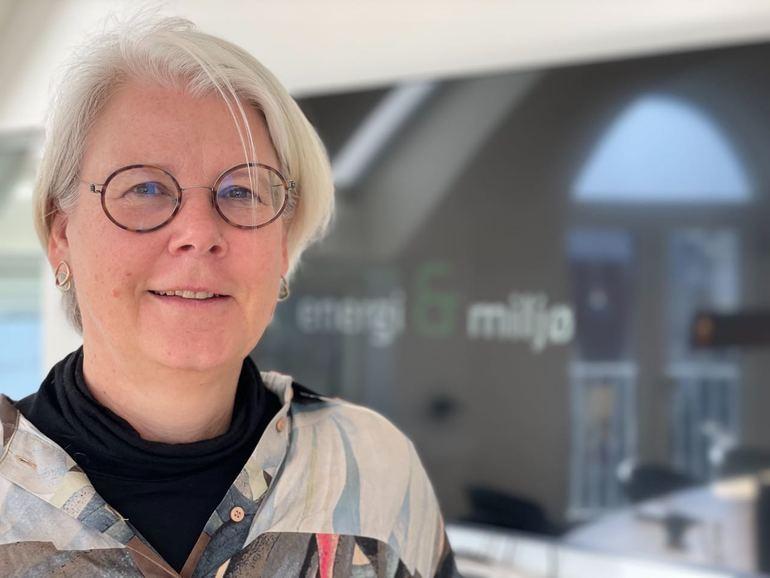
Difficult to get solar cells on municipal roofs
Energy lawyer: It is an obstacle to the green transition
- Why can't the municipalities just be allowed to put solar cells on the municipal roofs? asks Pernille Aagaard Truelsen and comes up with the answer:
- It is about the fact that it is a commercial activity.
Pernille Aagaard Truelsen is a lawyer and partner in the law firm Energy & Environment in Aarhus. The company helps the municipalities to make it possible to set up solar cells on the municipal roofs, so that the individual municipality can be allowed to use the energy from the solar cells. This is done by the lawyer helping the municipality to form a company.
- We help with company formation. It is trouble, and more trouble so that the municipality can be allowed to use its own electricity. It is a rule that gives nothing but work to people like me, says Pernille Aagaard Truelsen, who regularly works with such cases for the municipalities. At the moment, she has 12 cases of this kind running.
Even when a company is established, there is more work for the lawyer. The municipalities must have more space.
- We make an agreement between the municipality and the formed company that the municipality must have control over the solar cell plant and the energy from it. But why can't the municipality just produce and use its own electricity in the buildings and save money?, she wonders.
Obstacle to the green transition
Although Pernille Aagaard Truelsen makes money from making it possible, she sees it as a problem in a larger perspective.
- From a socio-economic point of view, this is completely silly. I would rather spend my time on something that adds more value to society, she says.
Every time a municipality produces electricity from the solar cells on the municipal roofs and uses it itself, it helps to reduce the load on the electricity grid, which is a bottleneck in the green transition. At the same time, no grid tariff has to be paid, and there is no grid loss of power. For the same reason, the lawyer has no doubts about what the rules actually mean.
- This is an obstacle for the municipalities in the green transition, concludes Pernille Aagaard Truelsen.
The Council for Green Transition knows the problem
At the Council for Green Transition, director Bjarke Møller knows very well the problem with solar cells on municipal roofs.
- It is a stumbling block for the green transition, as it is far too complex for the municipalities to set up companies for the solar cells. In addition, accounts must be submitted in a different accounting system than the one used by the municipalities, and there must be a board of directors, says Bjarke Møller and elaborates:
- There is a significant need for the expansion of renewable energy, and the green transition is going extremely slowly.
The potential alone of solar cells on municipal roofs is otherwise not small.
- I have seen figures showing that one GW could be generated if there were solar cells on all public roofs. And the municipal buildings make up by far the largest part of these public buildings, says Bjarke Møller.
One GW is more than Denmark's largest offshore wind turbine, Kriegers Flak, which supplies 604 MW and covers the consumption of around 600,000 households with electricity.
Give all municipalities free municipality scheme
Bjarke Møller also already has an idea for how the problem can be solved.
- Here one could cut a heel and give all municipalities a free municipality scheme for a five-year trial period, suggests Bjarke Møller.
On the whole, he believes that solar cells are very suitable for municipal roofs.
- The municipal buildings use electricity precisely when the sun is shining, so it makes a lot of sense. It is only at the weekend and a little in the evening hours that you will get to sell the electricity. It would also help to lower municipal expenses, says Bjarke Møller.





